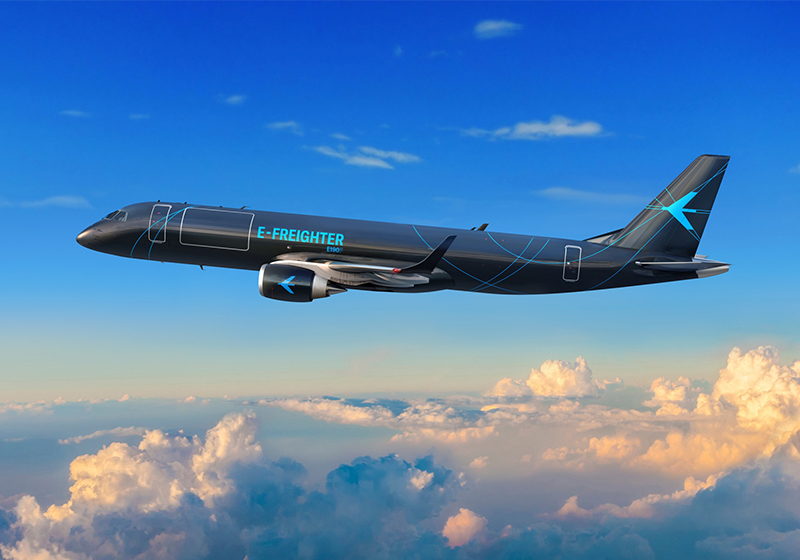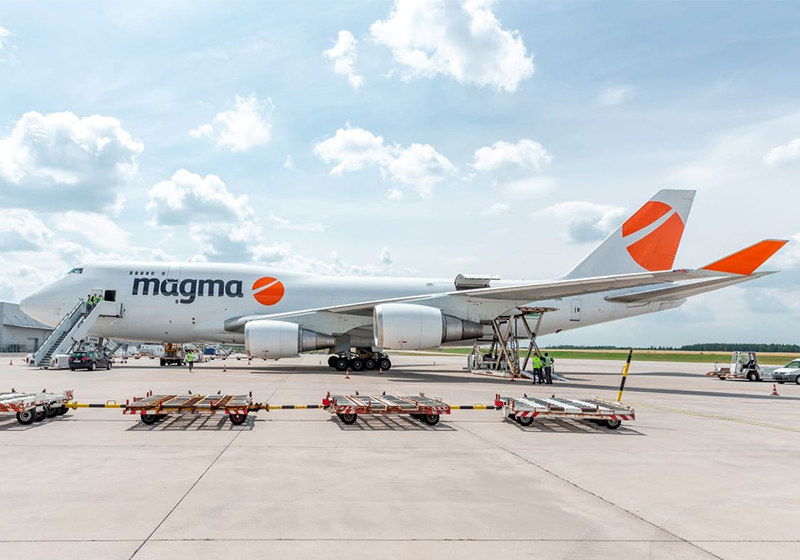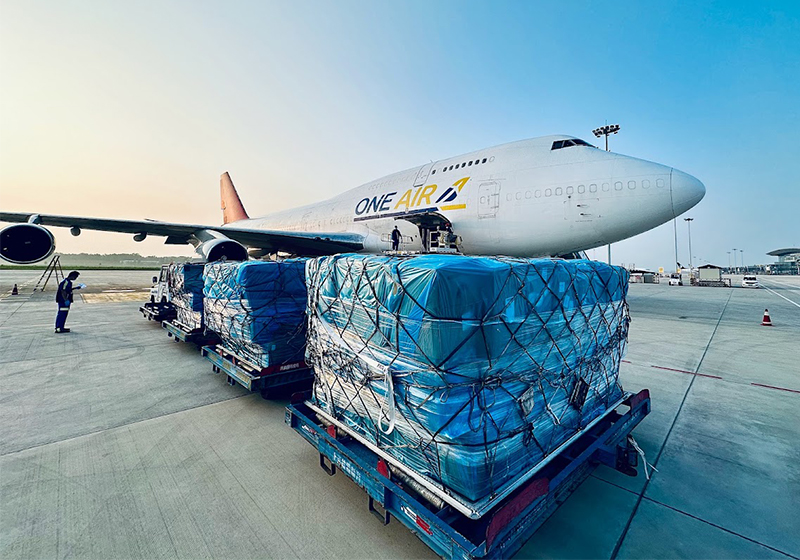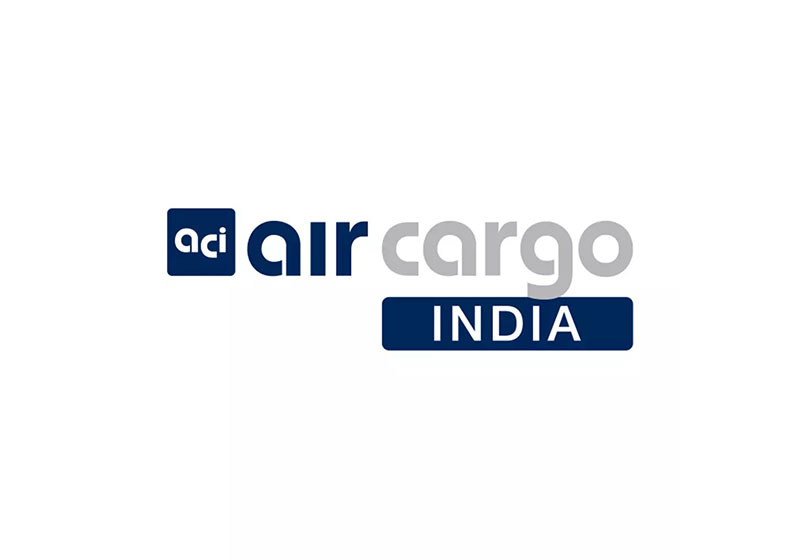"2024 marks an important milestone in the aviation industry – the return to 2019 demand levels. But it doesn’t mean we’re back to previous practices. The world has changed and airlines that quickly identify permanent shifts in demand behavior in the post-covid era will thrive", says ARJAN MEIJER, President & CEO Embraer Commercial Aviation. "We believe an optimal mix of sub-150-seat jets and larger narrowbodies is more conducive to the new environment. The market sizes and demand patterns are simply too varied to support a fleet strategy focused solely on larger aircraft. Mixed fleets address that diversity."
EMBRAER CARGO MARKET OUTLOOK
* E-commerce is one of the driving forces incentivizing the air freight industry to grow and adapt.
* Small narrowbody jets: reach more distant destinations or add essential timeon-ground for loading compared to turboprops; replace or complement larger narrowbody jets to serve decentralized regions cost-effectively.
The air cargo industry continually faces fluctuations in demand, particularly from geopolitical and economic forces. Adapting to the dynamic environment is key to its success. Three regions - Asia, North America, Europe – are the largest markets. Combined, they accounted for 81% of all Freight Ton Kilometers (FTKs) in 2023.
E-commerce has emerged as a new sector with lucrative opportunities. The growth estimate for the sector is impressive. According to analyses by IATA and McKinsey, e-commerce represented just 15% of air cargo volume in 2019. After the onset of the pandemic, FTKs from e-commerce had already exceeded the expected 10-year growth forecast in the second quarter of 2020. Worldwide e-commerce sales increased 72% between 2019 and 2023. Sales are expected to grow another 40% by 2027. The value of that trade is estimated to be USD 8 trillion.
Freight carriers, airlines, and manufacturers were quick to respond to the sudden increase in e-commerce trade and the consequences of the pandemic. Demand for cargo space peaked in 2021 after airlines grounded passenger flights, eliminating the huge volume of daily belly capacity on both narrow and widebody scheduled commercial jets almost overnight.
Operators endeavored to deploy as many freighters as possible to replace the lost space. Passenger aircraft were converted to all-cargo configurations. Consequently, the industry reported three consecutive years of record-high conversions. More than 200 aircraft were converted in 2023. The world cargo fleet-in-service has increased markedly since the pandemic. Between 2010 and 2019, the number of aircraft grew by only 6%. Over the next fiveyears from 2019 to 2024, the fleet grew 18%, three times higher than the previous decade. The number of large narrowbody freighters, in particular, grew 35% over the last five years.
The sudden flood of capacity, the post-pandemic return of commercial aircraft belly space, and the volatility of demand related to geopolitical trade tensions resulted in overcapacity in the cargo market starting in the second half of 2022.
Despite the glut, there are emerging opportunities for smaller freighters to satisfy the tremendous growth in e-commerce. Those aircraft can feed main cargo hubs, linking smaller-demand markets faster and more costeffectively, with just the right capacity and frequency, than larger narrow and widebody jets.






